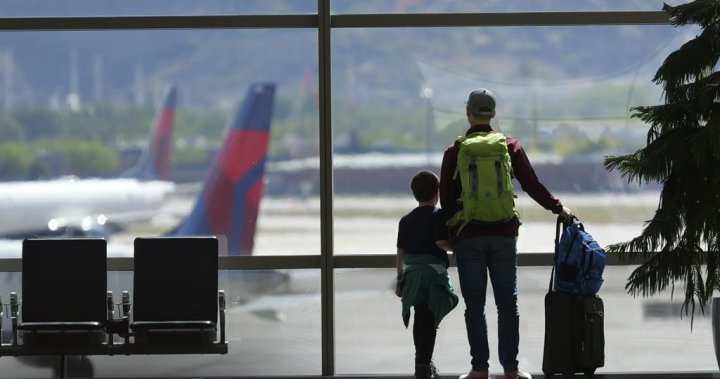The allure of vacation remains strong, especially during times of the year when warmer weather and new experiences beckon. However, the rising cost of travel in recent years has presented a significant challenge for those seeking to explore the world. The recent dip in the Canadian interest rate, coupled with the weakening Canadian dollar against its American counterpart, has further exacerbated this issue, creating a predicament for Canadian travelers.
The declining value of the Canadian dollar translates to reduced purchasing power, particularly for those venturing into the United States. Everyday travel expenses like accommodation, car rentals, and dining become more expensive, effectively shrinking the travel budget. This financial constraint influences travel destinations, prompting travelers to seek better value for their money. Destinations within the United States become less attractive due to the higher relative costs, prompting a shift in travel patterns.
As a result, travelers are exploring alternative options that offer more predictable and potentially lower overall costs. All-inclusive resorts, particularly in destinations like Mexico, have gained popularity as they provide a predetermined cost for accommodation, meals, and activities, minimizing unexpected expenses. Furthermore, destinations like Europe and Australia, where the exchange rate might be more favorable, offer increased purchasing power, attracting travelers looking to stretch their budgets further.
The impact of the weakening Canadian dollar is also felt by businesses that rely on Canadian tourism. Border towns, accustomed to a steady flow of Canadian visitors, are implementing strategies to mitigate the impact of the exchange rate. Discounts specifically tailored for Canadian travelers on accommodations, dining, and activities are becoming increasingly common. These initiatives aim to cushion the blow of the unfavorable exchange rate, making these destinations more accessible and appealing to Canadians.
Despite the financial hurdles presented by the fluctuating exchange rate, the desire for travel remains undeterred. The number of people traveling continues to increase, demonstrating the enduring importance of travel and its positive impact on mental well-being. People are adapting their travel plans by seeking destinations that offer better value for their money or adjusting their budgets to accommodate the increased costs. This resilience underscores the value that individuals place on travel experiences and the perceived benefits to mental health.
In essence, while the weakening Canadian dollar and rising travel costs pose a challenge, they haven’t extinguished the wanderlust of Canadian travelers. Instead, they have spurred adaptation and exploration of alternative travel options. The focus has shifted towards destinations and travel styles that offer greater value, predictable costs, and potentially more favorable exchange rates. The inherent human desire to explore, experience new cultures, and create lasting memories continues to drive travel decisions, even in the face of economic pressures.










